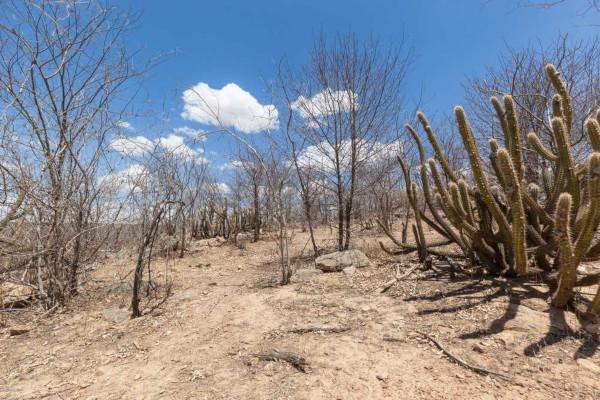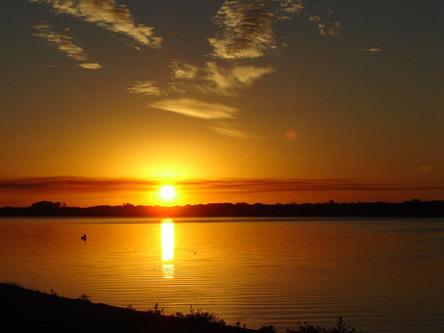The year 2014 began in a worrying way with regard to infrastructure in Brazil: the blackout risk and of a possible need for water rationingand energy in much of the country. The main factors linked to this issue are the unusual drought for the beginning of the year, the occurrence of a blackout that affected cities in several Brazilian regions and the fact that the reservoirs operate far below their capacities maximums.
The energy supply system in Brazil is essentially made up of hydroelectric plants. The main problem with this strategy is the vulnerability of the system in periods of unusual droughts, which can cause blackouts and force public measures to save energy. In 2001, the country experienced the biggest crisis in history in this sector, when the risk of blackout was fought through an intense power rationing, with the objective of reducing household expenses by 20%.
After this period, plans to expand the electricity and water supply network were put in place, allowing for some advances in this sector. However, some shortcomings in terms of investments and implementation of projects once again put the country's energy and water policy in check. According to data from Abiape (Brazilian Association of Investors in Self-Production of Energy), in 2013, 40% of the planned energy volume did not enter into circulation due to delays in transmission projects and in processes of bidding. On the other hand, the demand for energy grew by 11%.
In early February 2014 there was a blackout that affected the energy supply to cities in four different regions, affecting an estimated six million people. However, despite the hype that was created around this episode, the power outage occurred due to a failure in the supply system, probably caused by lightning or a technical failure.
The country's water reservoirs also underwent notable decreases in the total volume of water, reaching levels considered to be worrying. These falls are mainly linked to the lack of rain (with the worst rates since 1954) and the record increase in energy consumption.
Do not stop now... There's more after the advertising ;)
In the state of São Paulo, the Cantareira System reservoir – responsible for water supply throughout the Region Metropolitan of São Paulo – reached one of its lowest levels in history, comparable only to those at the time of rationing of 2001. The ONS (National System Operator) even recommended a 5% reduction in energy consumption throughout the region. However, although some neighborhoods in smaller cities have had water supply difficulties, the state and federal governments have ruled out intensive rationing altogether.
In the rest of the country - including in the Northeast region, which also suffered a lot from droughts and the decrease of water reserves -, the situation also seems to be the same: problems in the water supply and risk of energy crisis, but with the possibilities of blackout and rationing ruled out by the power public. This is because, in addition to hydroelectric plants, there are emergency plans related to the activation of thermoelectric plants, which are activated only in periods of emergency and extreme need, given that the pollution rate provided by them is bigger.
In any case, this situation requires a reorganization of the issue of energy production and water distribution in Brazil, with measures to streamline the execution of projects in the sector and to expand the offer, such as the construction of new reservoirs and the expansion of hydroelectric plants or even other energy sources, such as parks wind power.
__________________________
¹ Image Credits: Brazil Agency / Wikimedia Commons
By Rodolfo Alves Pena
Graduated in Geography
Would you like to reference this text in a school or academic work? Look:
PENA, Rodolfo F. Alves. "Water and energy rationing in Brazil in 2014: real risk?"; Brazil School. Available in: https://brasilescola.uol.com.br/brasil/racionamento-agua-energia-no-brasil-2014-risco-real.htm. Accessed on June 28, 2021.


